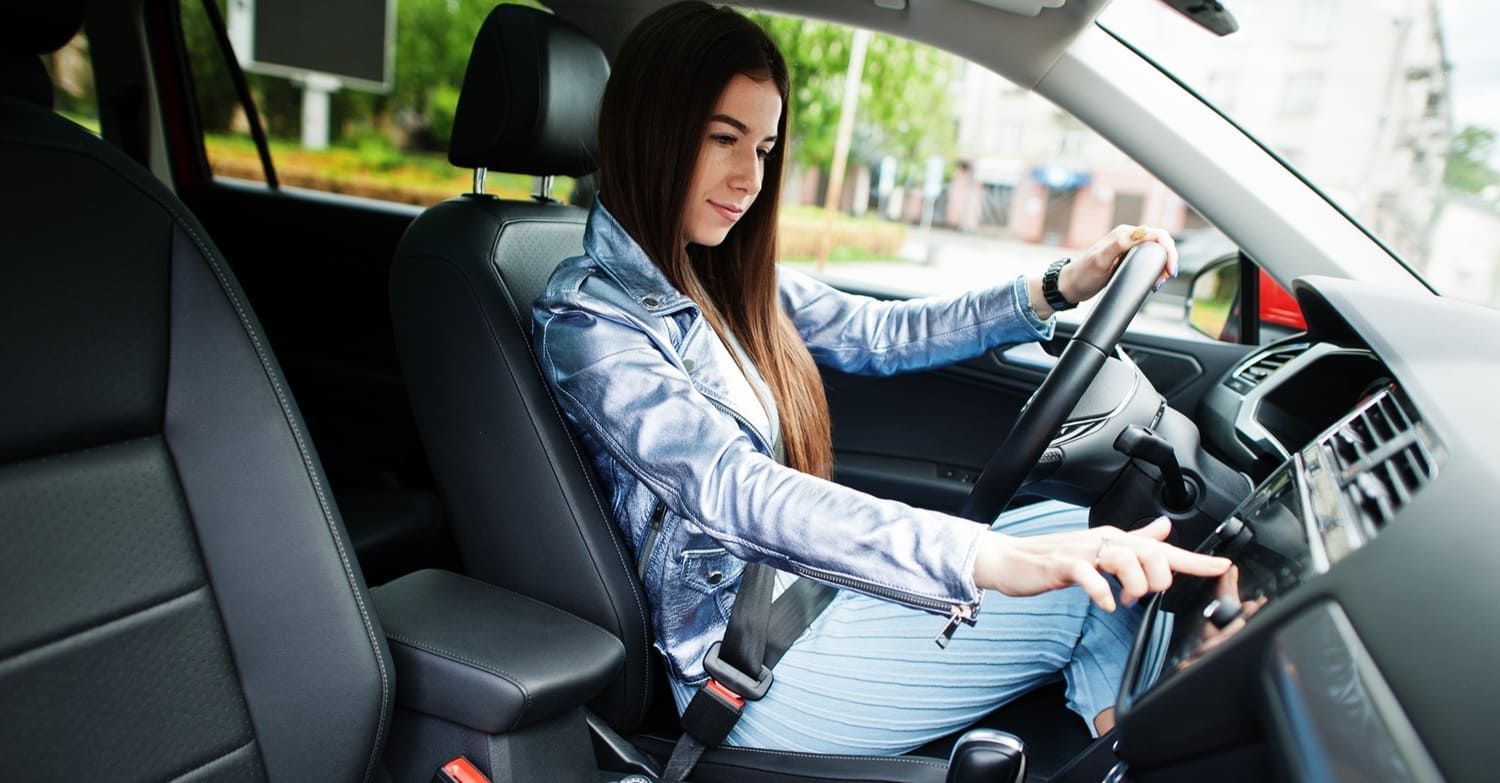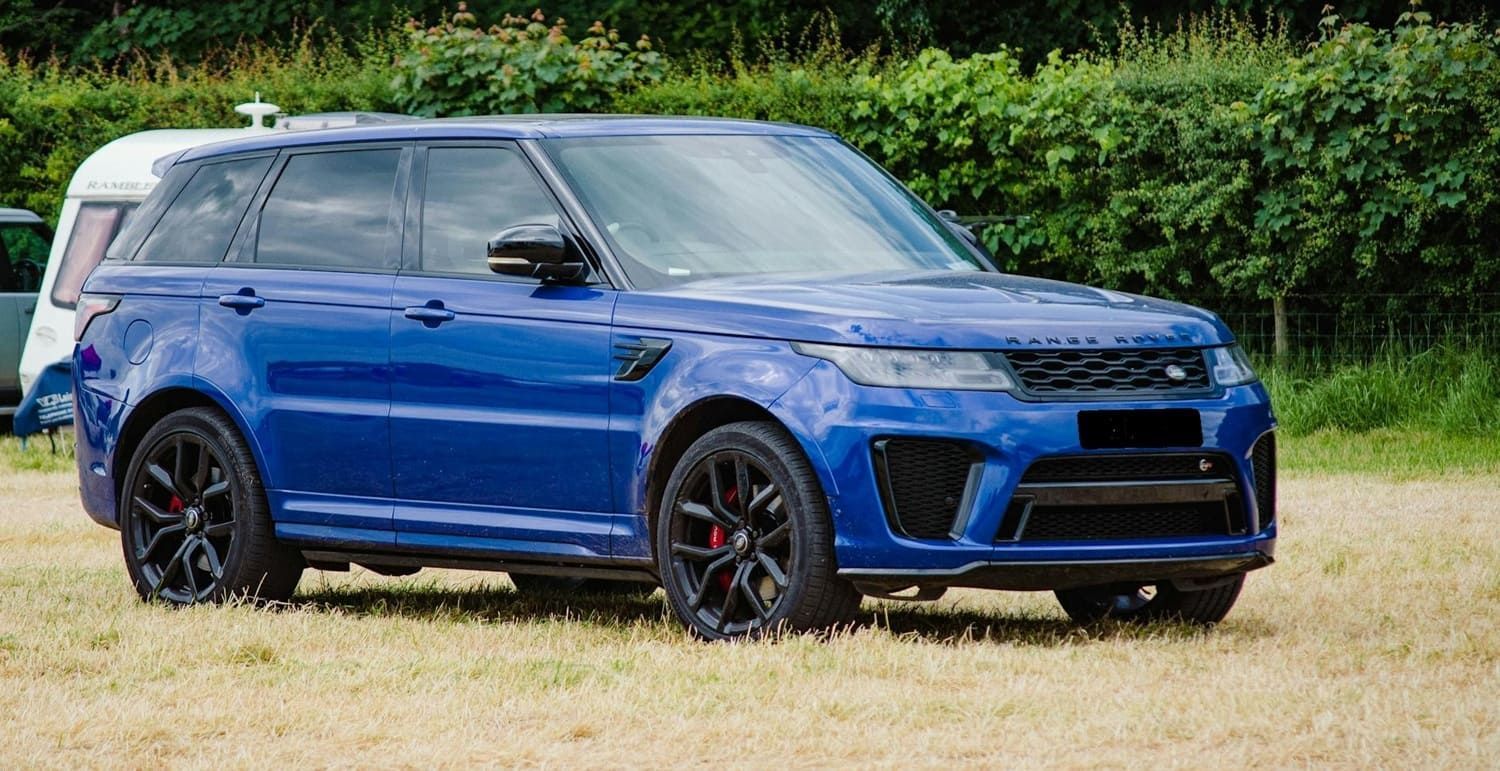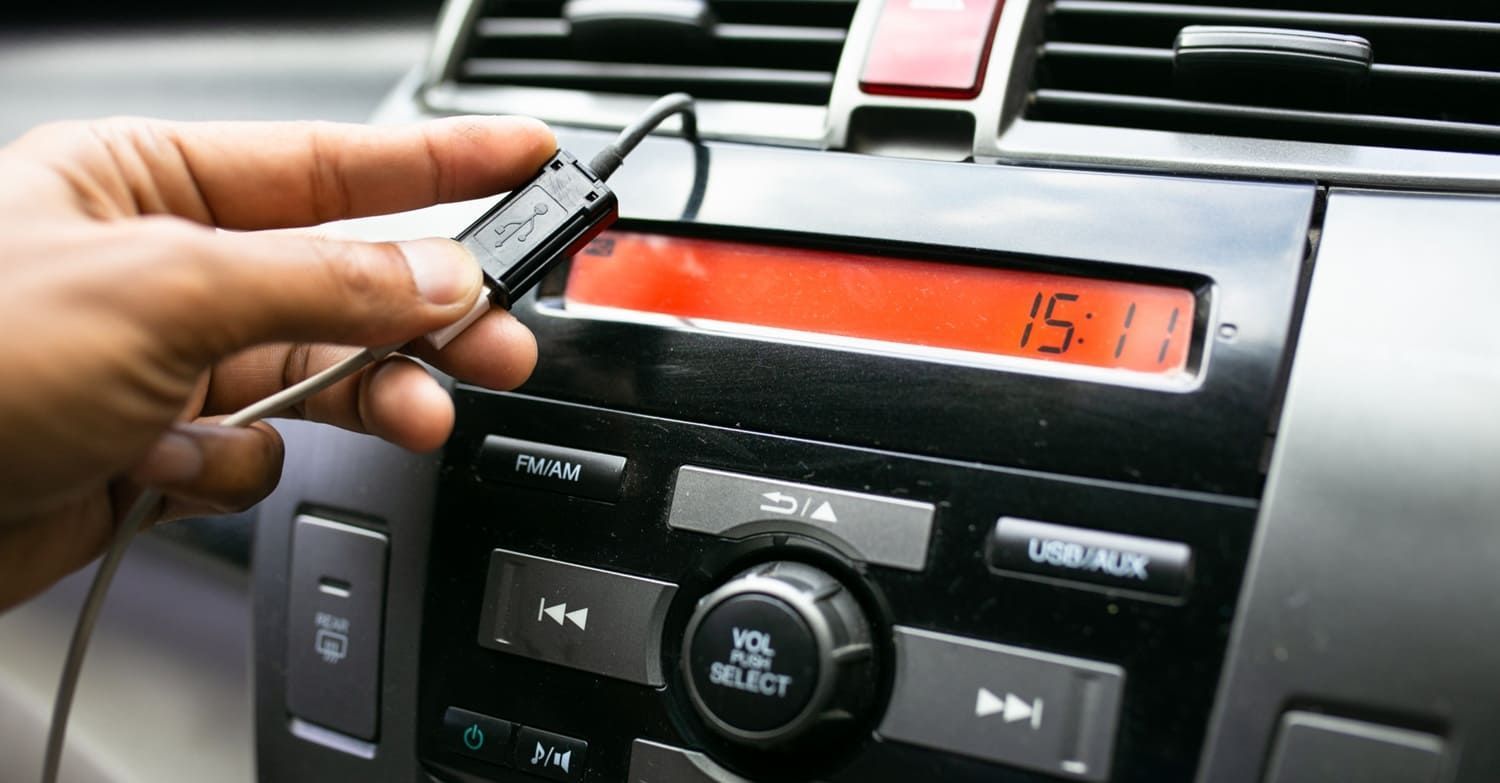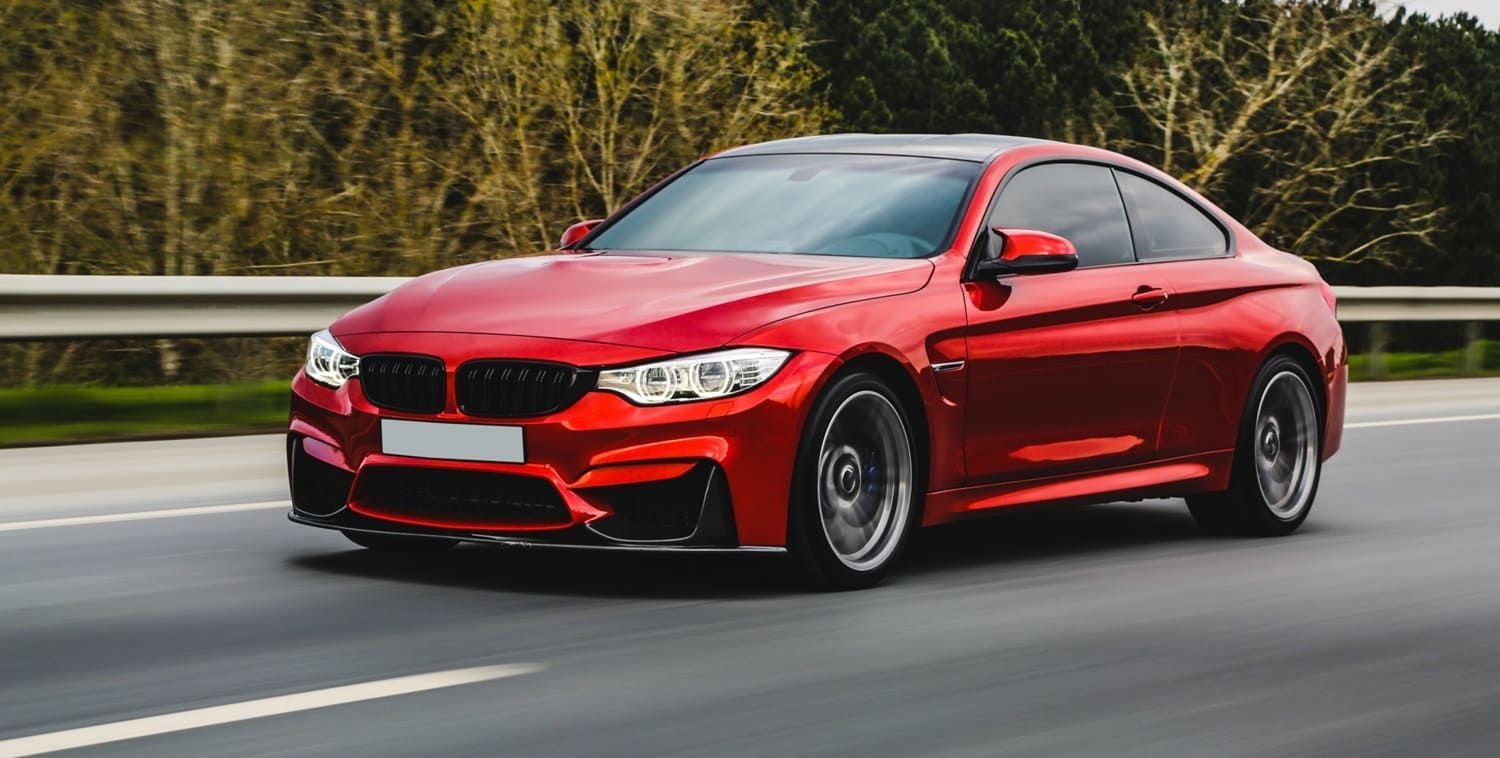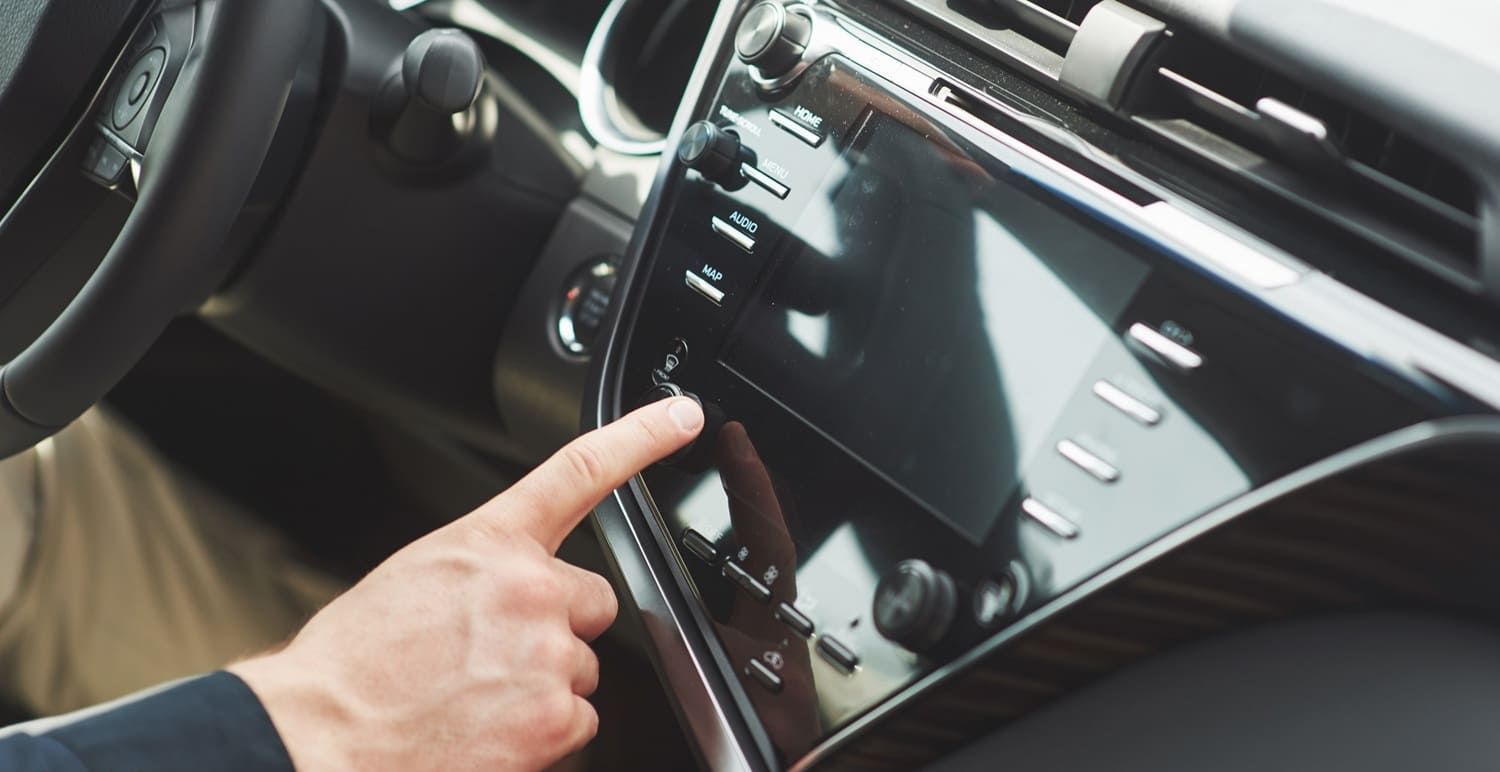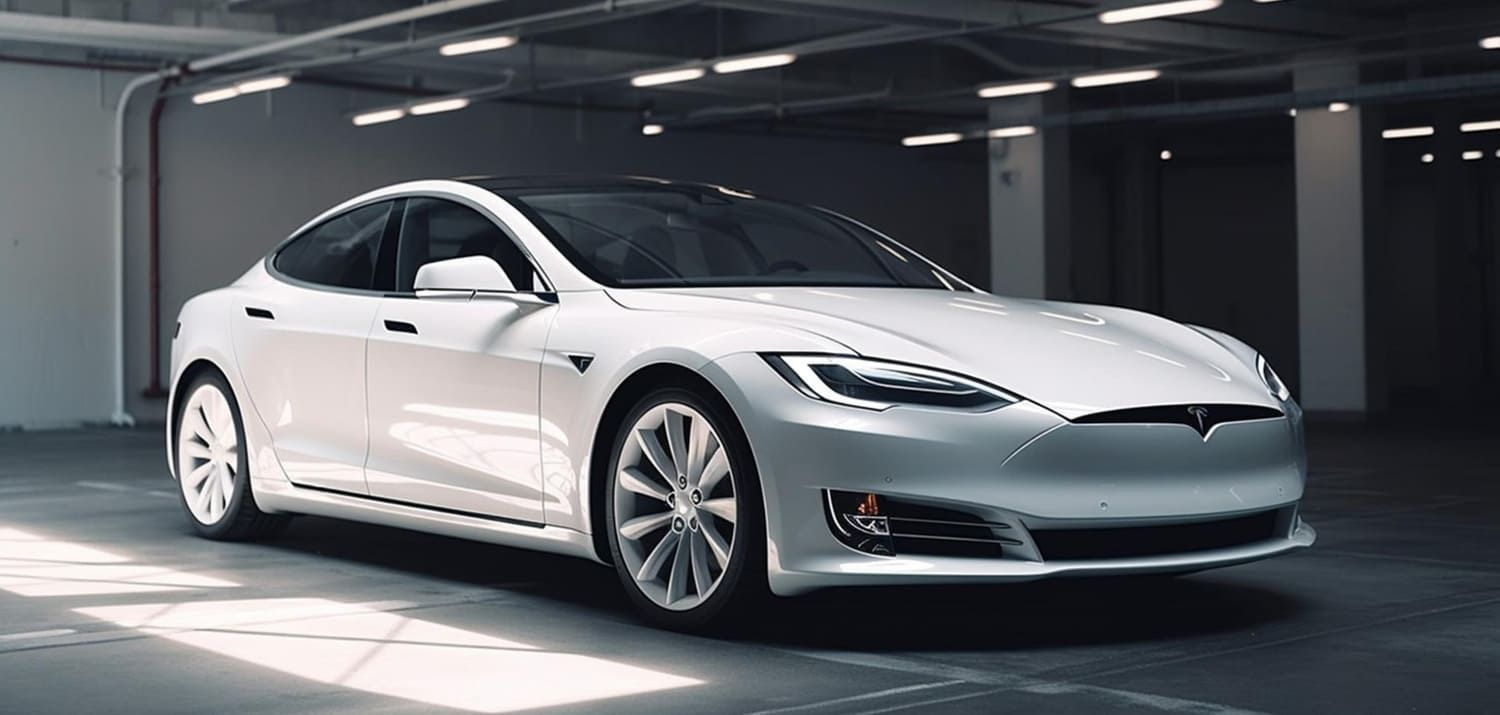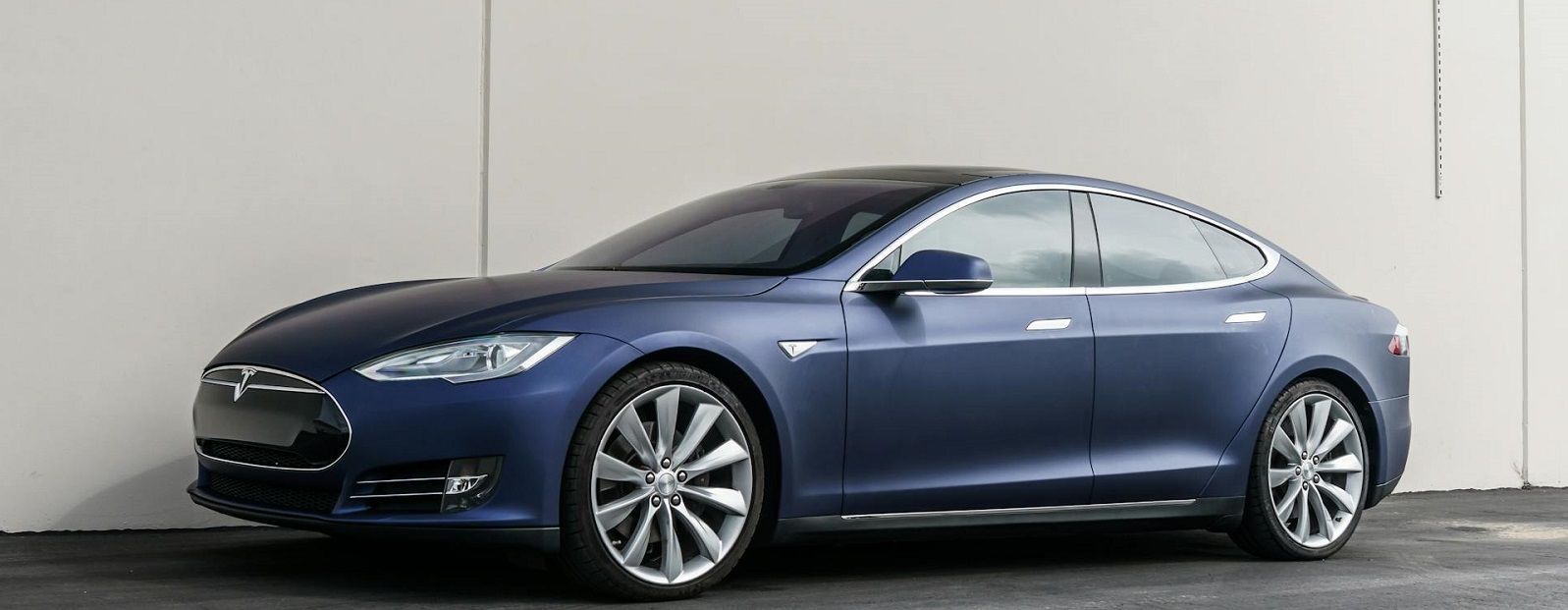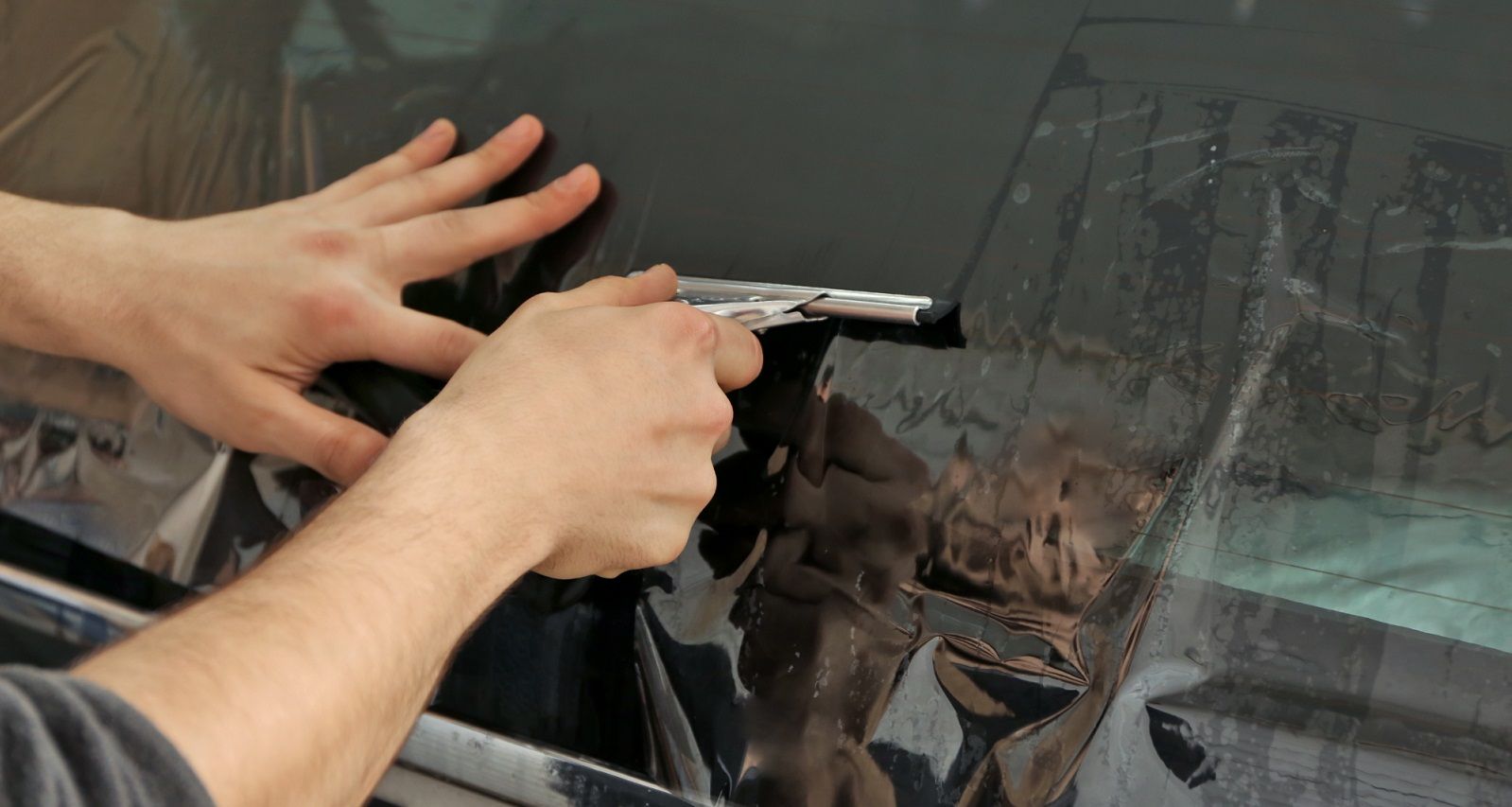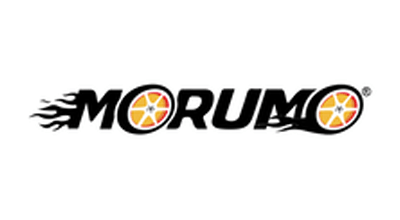Your Guide to the Shades of Window Tint
Before tinting your windows, familiarize yourself with the different shades of window tint to see which one will suit your needs best.

Did you know that window tinting tickets vary in price depending on the shades of window tint? Yep. If your tint is 50% darker than legal tint levels, for example, your ticket could be more expensive than if it’s only 10% darker than legal levels.
This isn’t to scare you, though. We only bring it up because it’s one of the many reasons why we suggest working with a professional auto window tinting company if you’re planning on tinting your car’s windows right.
Whether you’re interested in tinted car windows or tinted residential windows, however, it’s important to think about and understand the varying shades of window tint available to you. Here’s what to know.
The Different Types of Window Tints
First thing first! Did you know that window tints are available in a variety of different types, each with its own advantages and disadvantages?
The most common type of window tint is made of polyester, which is highly durable and provides excellent UV protection. However, polyester tints can be difficult to remove, and they may not adhere well to curved surfaces.
Another popular option is carbon window tint, which blocks even more UV rays than polyester. However, carbon tints can also block out some heat, making it more difficult to see in warm weather.
Finally, ceramic window tint is the most expensive option, but it is also the most effective at blocking both UV rays and heat.
More than the type of window tint, though, you’ll want to be concerned about the window tint percentages and VLT.
What is VLT in Terms of Window Tint?
VLT stands for “visible light transmission.” It is the percentage of sunlight that passes through your window glass.
The lower the VLT, the less light that comes into the car. In other words, a low VLT percentage means a darker film and a high VLT percentage means a lighter film. For most passenger vehicles, we recommend a VLT of 35% or lighter.
This allows you to have good visibility while still reducing the amount of heat and UV rays that enter your car. If you have any questions about choosing the right VLT for your car, we’ll be happy to help you out. Simply get in touch.
What Are Window Tint Percentages?
You might have noticed that we put a percentage above. What are the other window tint percentages, though?
Ultimately, there are a few ways to measure the shades of window tint. The most common way is by using a tint percentage. This is the ratio of light that is allowed through the film, measured on a scale from 0 to 100%.
0% tints are completely clear, while 100% tints are completely black. Most window tints fall somewhere in the middle, with popular choices being 20%, 35%, and 50%.
The tint percentage can be varied to achieve different looks and levels of privacy. For example, a very dark tint may be ideal for a home office, while a lighter tint may be more suitable for a living room.
Ultimately, the best window tint percentages will depend on personal preference and the specific needs of the space. Let’s explore those options below.
How to Choose the Right Shades of Window Tint
There are many factors to consider when choosing the right shades of window tint. The first step is to decide the purpose of the tint.
For example, if you want to reduce glare, then a darker tint will be necessary. If you are looking to block out UV rays, then a lighter tint will suffice.
The next step is to determine the level of privacy you need. A very light tint will allow people to see in, while a darker tint will provide more privacy.
Finally, you will need to consider the aesthetic of the window tint. A darker tint will give your windows a more dramatic look, while a lighter tint will be more subtle.
With so many options available, it can be difficult to know which shade of window tint is right for you. However, by considering your needs and preferences, you can narrow down your choices and find the perfect window tint for your home or car.
Shades of Window Tint for Cars
We get lots of questions about shades of window tint for cars. Outside of ensuring you’re still within the legal limits of tint darkness, how do you choose the right shade? Consider the points made above first.
Then, get familiar with different types of window tint for cars.
The most common type of window tint is the black film that is applied to the windows. This type of window tint is the darkest type of tint and provides the most privacy for the driver and passengers. However, black window tint can make it difficult to see out of the car at night.
Another popular type of window tint is the lightest shade of tint, which is known as clear film. Clear film allows drivers to have a clear view of the outside world while still providing some privacy.
In between these two extremes, there are a variety of different shades of window tint that provide different levels of privacy and visibility.
Ultimately, the darkest tints offer the most privacy and protection from the sun's rays. lighter tints, on the other hand, allow more light to pass through and can make a car's interior feel less claustrophobic.
Some tints even have special features like UV protection or heat resistance. This shade can be a great option if you’re only interested in protecting your car’s precious interior from the scorching heat and sun rays in Florida.
Shades of Window Tint for Homes
When you live in Florida, the right window tint for your home can make or break summer. Not only can they help keep the house cool from the strong sun rays, but window tint can protect your interior paint and furniture.
In this context, choosing the right shadow of window tint for your home depends on how much heat you want to let in.
The amount of light that is let in will affect how much heat is let in as well. The lighter the shade, the more heat that is let in. The darker the shade, the less heat that is let in.
This can be a great way to keep your home cooler in the summer months and save on your air conditioning bill. It can also help to reduce glare and make your home more comfortable to live in.
When choosing shades of window tint for your home, it is important to consider both the look you want to achieve and the level of protection you need.
Professional Window Tint Installation
After considering the different shades of window tint and deciding on which is right for you, your next step is to ensure that you’re getting professional help with the window tint installation.
If you live in the Boca Raton, Fort Lauderdale, Hollywood, or surrounding Palm Beach County cities and are interested in getting a custom quote for window tinting, just get in touch.
Send us a message and let Boca Tint & Audio know what you’re interested in and our qualified, experienced tinting professionals will take a look and get back to you with an accurate estimate.
